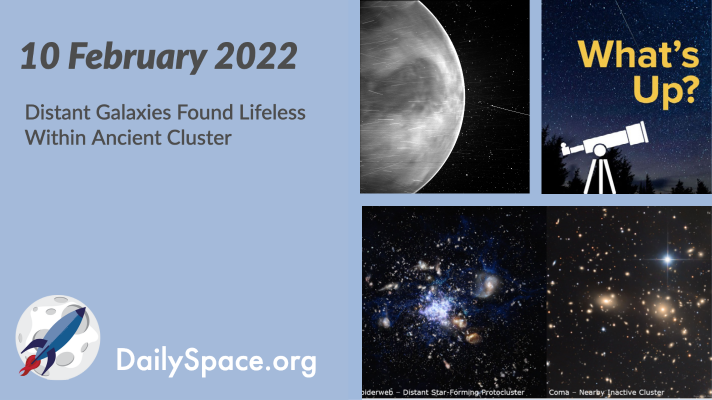
Feb 11, 2022 | Daily Space, Exoplanets, Galaxies, Sky Watching, Spacecraft, Venus, White Dwarfs
Defying expectations, an ultramassive galaxy and many of its cluster companions had already formed most of their stars and become inactive only two billion years after the beginning of the universe. Plus, the nightside of Venus, a new exoplanet for Proxima Centauri, and What’s Up.
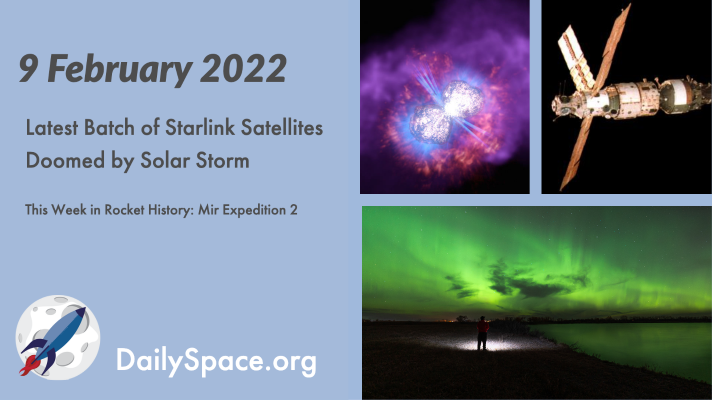
Feb 10, 2022 | Asteroids, Crewed Space, Daily Space, Random Space Fact, Space History, Spacecraft, SpaceX, Starlink, Supernovae Remnants
SpaceX launched another 49 Starlink satellites last week, but a geomagnetic storm caused by solar activity kept the satellites offline, and 40 of them failed to reach their final orbits after exiting safe mode. They are now deorbiting and breaking up in the Earth’s atmosphere. Plus, asteroid systems, Eta Carina, and this week in rocket history, we look back at Mir Expedition 2.
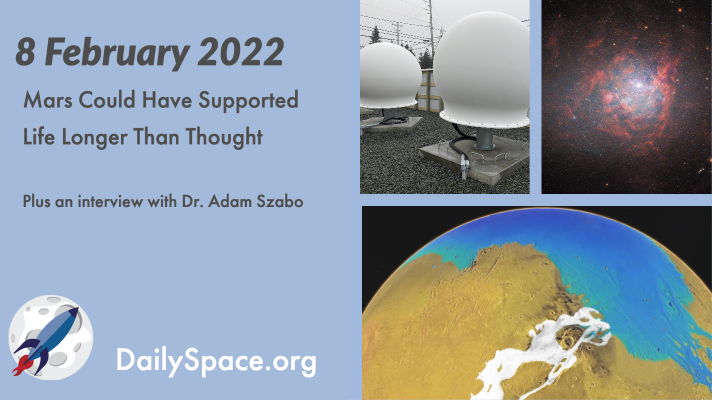
Feb 9, 2022 | Daily Space, Galaxies, Guest Interview, Mars, Rockets, ROSCOSMOS, Saturn, Soyuz, Spacecraft, SpaceX, Starlink, The Sun
A NASA-funded simulation of early Mars revealed that the climate three billion years ago on the red planet was very similar to Earth now, with a stable ocean in the northern hemisphere. This new timeline would have given life another 500 million years to develop. Plus, a dwarf galaxy, Saturn’s aurorae, a Soyuz launch, and an interview with Dr. Adam Szabo, mission scientist for the Parker Solar Probe.
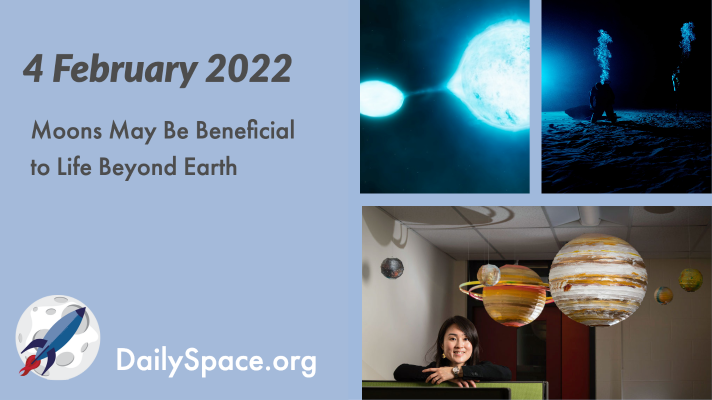
Feb 5, 2022 | Astrobiology, Crewed Space, Daily Space, Exoplanets, Moon, Rockets, Sky Watching, Spacecraft, SpaceX, Starlink, Stars, Supermassive Black Holes, Uranus
New simulations find that to form a moon with a similar size ratio to our own system, certain types of planets are needed. And that type of moon-planet system could then be beneficial to the rise of life on the planet. Plus, a Starlink launch, puffy planets, and training astronauts underwater for spacewalks.
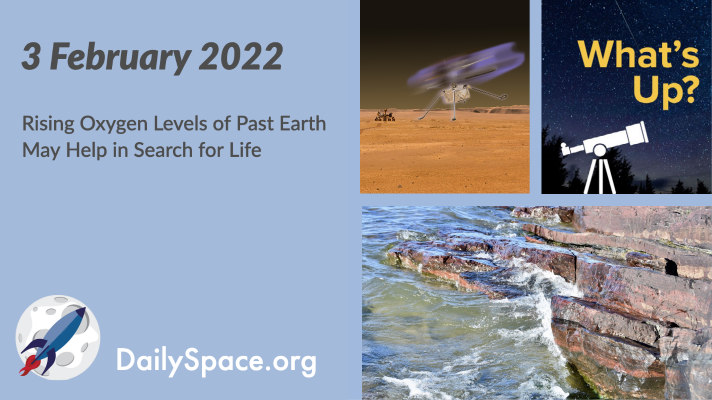
Feb 4, 2022 | Asteroids, Crewed Space, Daily Space, Earth, ESA, Jupiter, Mars, Moon, Rockets, Rovers, Sky Watching, SpaceX, Uranus
Scientists analyzed iron-rich sedimentary rocks and estimated the amount of oxygen present in the atmosphere when those rocks formed, finding low levels of oxygen and giving insight into a potential biosignature for life beyond Earth. Plus, controlling robots from space, a SpaceX launch, and this week’s What’s Up.
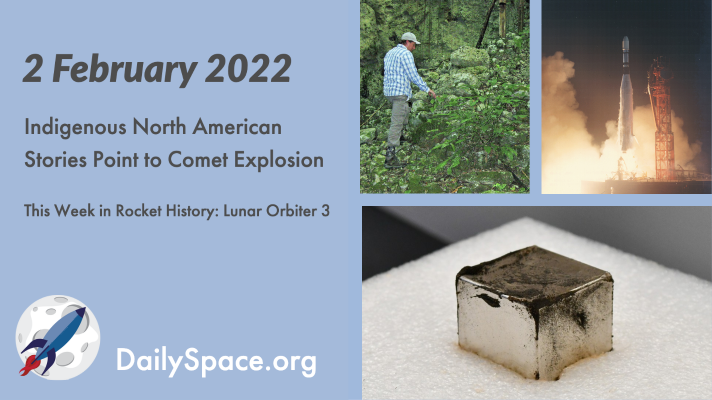
Feb 3, 2022 | Asteroids, Comets, Daily Space, Earth, Exoplanets, Moon, Random Space Fact, Rockets, Space History, Spacecraft, White Dwarfs
By collecting and analyzing stories from a variety of indigenous cultures in North America, researchers find evidence for a mid-air explosion of a comet or asteroid, similar to the Tunguska event. Plus, a new Trojan for Earth, volcanoes and dinosaurs, ancient Mexican cacao groves, and this week in rocket history is Lunar Orbiter 3.








 We record most shows live, on Twitch. Follow us today to get alerts when we go live.
We record most shows live, on Twitch. Follow us today to get alerts when we go live.